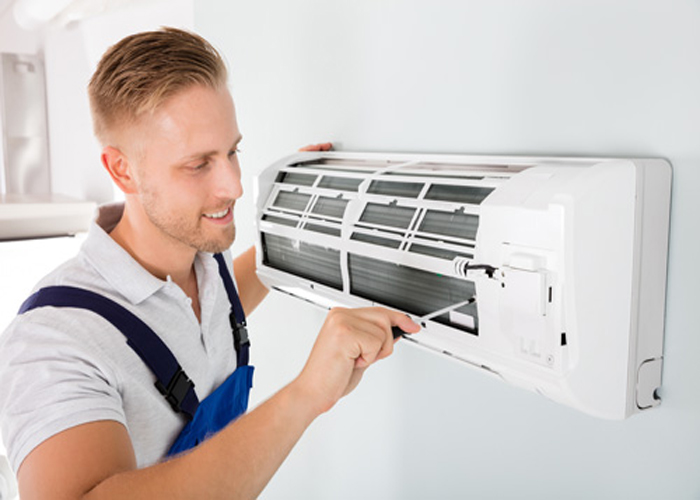
Many people ask about AC Installation after having their air conditioner or heater installed. And with good reason, as installing your own equipment is a very labor intensive and costly task. But before you ask about AC Installation, whether it be a replacement part or a new installation, it is important that you know what the main components of your system are. The quick answer is; It depends! The tricky thing is that this is a very loaded question to answer and there really does not have an easy answer to it. One of the main things homeowners are often surprised with when it comes to air conditioning or their AC installation is just the cost of all the equipment themselves. Now when it comes down to it, there are a lot of different components that make up these air conditioners and heaters and each of them offer their own unique set of benefits, features, and advantages.



Many homeowners often wonder about the process and costs involved in AC installation after purchasing a new air conditioner. Installing an air conditioning system is a complex, labor-intensive task that requires expertise and precision. The cost and complexity of the installation depend on several factors, including:
Type of system
Size of your home
Specific installation requirements
Understanding the main components of your HVAC system and the installation process can help you make informed decisions and ensure optimal performance.
Air conditioners and heaters consist of numerous components, each playing a critical role in the system’s efficiency. These include:
Compressor – The heart of the system, responsible for circulating refrigerant.
Condenser – Releases heat absorbed from inside your home.
Evaporator Coil – Cools the air by absorbing heat.
Refrigerant Lines – Transport refrigerant between the indoor and outdoor units.
Thermostat – Regulates temperature and controls the system.
Air Handler – Distributes conditioned air throughout your home.
And many others – Each component has a unique function and contributes to the system’s overall performance.
Central Air Conditioning: Requires extensive ductwork, increasing time and cost.
Ductless Mini-Split Systems: Easier to install but need precise placement of indoor and outdoor units.
Window Units: Simple to install but only suitable for cooling small spaces.
Larger homes require more powerful systems and potentially additional ductwork.
Proper sizing is crucial to ensure efficiency and avoid overworking the system.
Replacing a single component is less labor-intensive than installing a new system.
New installations involve sizing the unit, installing ductwork (if needed), and calibrating the system for optimal performance.
Hiring a qualified and experienced HVAC technician is essential for a safe and accurate installation. While DIY installation might seem cost-effective, it can lead to:
Costly mistakes
Reduced system efficiency
Safety hazards
Professional installers have the knowledge and tools to handle:
Electrical connections
Refrigerant handling
System calibration
While the initial costs of AC installation can be high, a properly installed system offers:
Long-term energy savings
Improved comfort
Enhanced system longevity
AC installation is a complex process that requires a clear understanding of your HVAC system, the right type of unit for your home, and the expertise of a professional technician. By investing in a well-designed and properly installed system, you can enjoy a cool and comfortable home for years to come.
For expert AC installation services, contact us today and ensure your system is installed safely and efficiently!
We have our professional and specialized team for each discipline to deliver wide range of luxury cleaning services. Based on the services requirement our team will assign the service scope to the concerned discipline to deliver the best quality service. An integration of expert team.
© 2024 All Rights Reserved